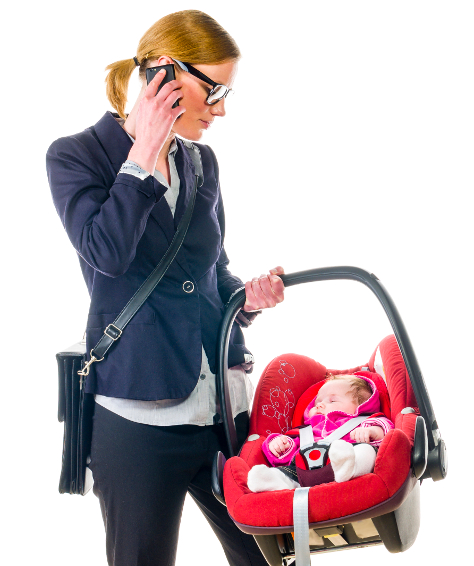A guide to car seats
One of your most important purchases for your baby, the car seat, here's some tips
One of the most important purchases you will make for your baby is a car seat. It’s the law for all babies and children to travel in one, but what else do you need to know?
What the law says
Currently the law states that all children travel in an appropriate car seat until they are 12 or reach 135cm tall, whichever comes first.
New European-wide car seat legislation called i-Size has been introduced to promote additional safety standards, including extended rear-facing travel for babies and young children. It’s running alongside existing laws and is due to come into full force in 2018.
So, if you are a first time parent, it’s worth thinking about buying an i-Size car seat.

Why is extended rearward facing travel so important?
A young child’s head is proportionally larger and heavier compared to the rest of their body, and the neck bones and muscles are not yet fully developed.
If an accident occurs, it’s much, much safer for them to be travelling backwards as they would be pulled into the seat by the impact, rather than flung outwards. This puts less strain on the delicate head and neck area.
In some countries, like Sweden for example, rear-facing travel is now mandatory for children of up to four years old. Death and serious injury rates have plummeted as a result.
Isofix or seatbelt fastening?
Isofix fittings, which are normally found under your car’s back seat, allow a car seat to be attached directly to the chassis. It not only makes a quicker, safer, and more rigid connection, there’s less margin for error too as Isofix car seats often have indicator lights to show that they’re installed properly. Most cars made after 2006 have Isofix fittings.
Fitting a car seat using the seat belt is not ‘unsafe’, it’s just more fiddly, takes longer and there’s more risk of installation errors. Keep fitting instructions in the car so you can always quickly double-check.
All cars since 2011 have had to have a top tether point fitted. The top tether is a strap attached to the car seat which when attached to this fixing point will give greater stability. Other seats come with a footprop, which rests on the floor. Both of these can help minimise the sideways and forward movement of a car seat in a crash.
How long should you leave your baby in their car seat for?
Very young babies should not be left for more than two or so hours in their car seat.
This includes using it outside of the car, as a travel system for example. Why? Because they need to lie completely flat for optimum breathing and spine development, and the average car seat has an angled back.
If you plan to travel frequently by car for long journeys, think about investing in one of the new breed of lie-flat car seats.
ALWAYS check that your chosen car seat is compatible with your make and model of car. Ask your retailer for advice, or check on the manufacturer’s website.